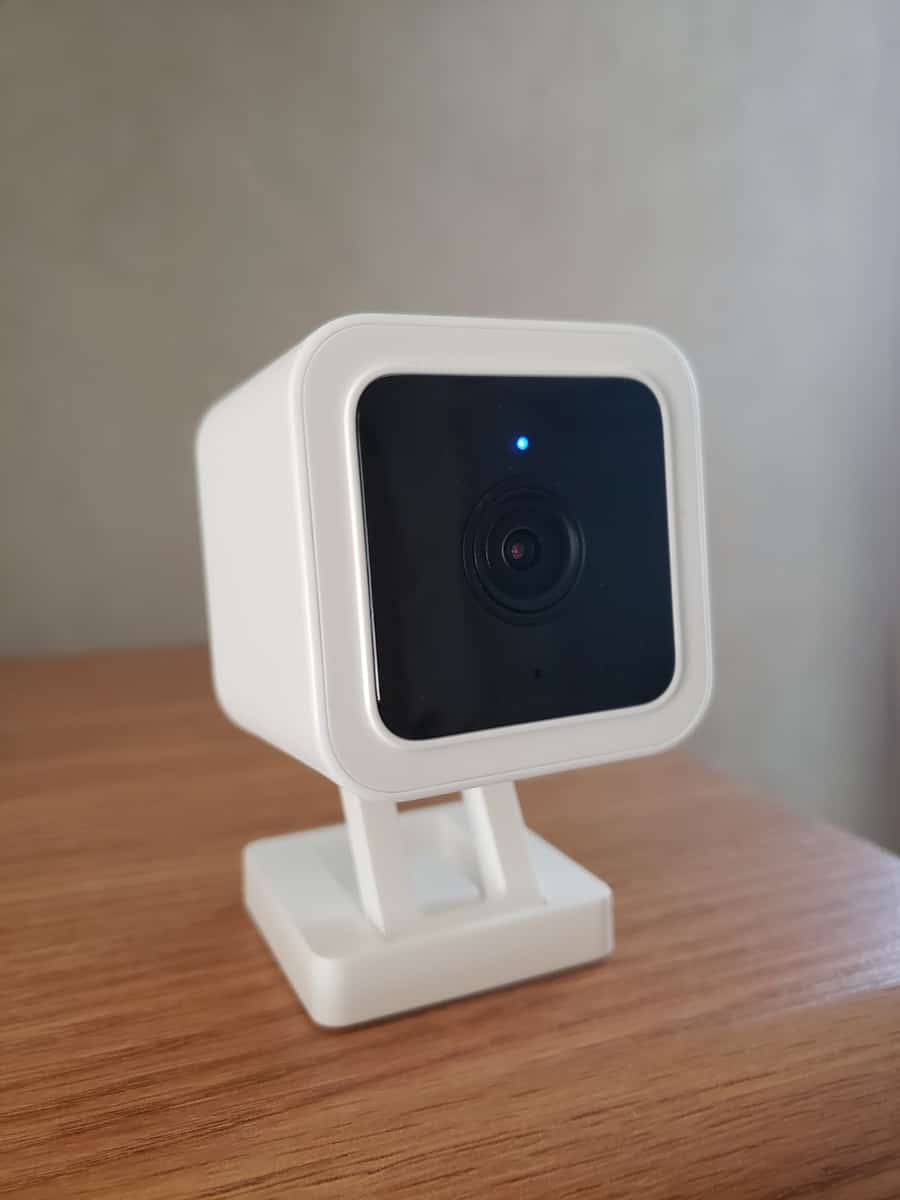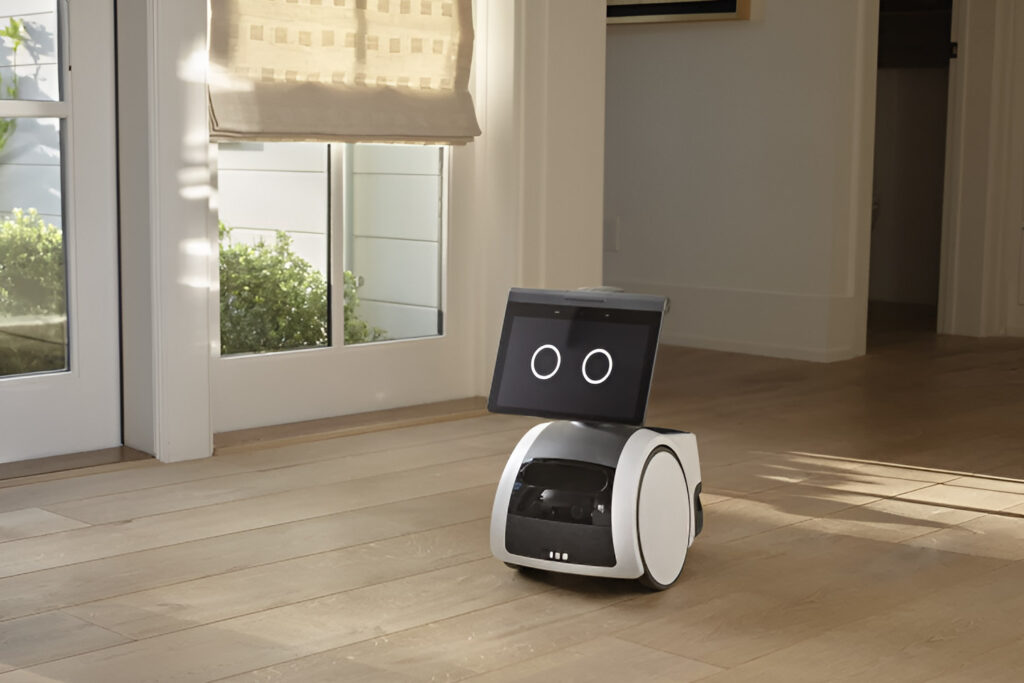Wyze continues to hold its own among its competitors in the smart home camera sector today – and for good reason! One main reason they maintain their foothold is because of the convenient combination of affordability, functionality, and quality. Altogether, this has made them one of the most sought-after smart home security cameras.
Get A FREE Home Security Quote Now

In addition, their cameras come with features that you often have to shell out extra funds for with other smart camera brands. These features include recording of motion-detected events, and storage of said recordings on the Cloud, as well as locally to an SD card, if so equipped.
However, when using their Wyze cameras, users often come across two terms – Motion Tagging and Motion Tracking. This leaves many pondering such questions as:
- What exactly do these two terms mean?
- What are they used for…
- and which is better?
Well read on for answers to these questions – and more!
What is Wyze Motion Tagging?
Motion Tagging is a feature available for all Wyze smart home cameras via the Wyze app, and it allows you to see exactly what triggered the motion-detected event by placing a green box on the screen around the source of motion.
If multiple sources of motion are detected in the video recording, the green Motion Tagging box will surround only the largest object.
Motion Tagging is available for all recorded videos including time-lapse, and manually recorded videos. However, it must be enabled at the time of recording. You can’t go back and add it to a previously recorded video, nor can it be removed from previously recorded videos. Another limitation is that you cannot change the sensitivity of Motion Tagging.
In order to enable Motion Tagging, you would first need to open the Wyze app. From there, you’d select the Wyze cam you want to enable Motion Tagging for. Next, touch ‘More’, then tap on Motion Tagging. If there is a green box highlighting Motion Tagging, it’s on and enabled:

Once it’s enabled, you will be able to see the green box highlighting the source of motion in the room – notice the green box around one of my birds below:

What is Wyze Motion Tracking?
Wyze Motion Tracking differs from Motion Tagging in a couple of ways. The first major difference is it’s not available for the Wyze Cam versions 1, 2, or 3. Motion Tracking is only available on the Wyze Cam Pan:

This feature is only available with the Wyze Cam Pan because it requires the camera itself to be able to move along with the detected source of motion, and only the Wyze Cam Pan, with its swivel base, is capable of doing so.
Motion Tracking differs from Motion Tagging as instead of highlighting the source of motion, it takes things a step further. The camera actually turns and follows the source of motion as it moves across the room or area. Just as in Motion Tagging, if more than one object is moving, Motion Tracking will follow the largest object.
The camera will follow the subject until they’re out of its line of vision, at which point the camera will return to its original position.
Motion Tracking works well in conjunction with Motion Tagging, but you need to enable them separately. When used together, your camera will not only highlight, but also track the source of motion, so you know exactly what triggered the motion alert.
In order to enable Motion Tracking, much like enabling Motion Tagging, you would go to the Wyze app and select your Wyze Cam Pan, then, tap More. After that, you select Motion Tracking.
When Motion Tracking is enabled, the button will be highlighted in green. If it isn’t, it won’t be highlighted, and will instead appear black. You will know this works because your Cam Pan will start moving around, to track someone walking across a room (note: this will make a small ‘whirring' noise, but this is expected).
When Motion Tagging Is Useful
Wyze users find Motion Tagging useful for a variety of reasons. For starters, it can help when you get a lot of what appears to be false alarms.
We all know the scenario: you go to view the video your camera took of a motion event, and you can’t for the life of you tell what alerted the camera. Was it the passing car? That errant tree branch in the corner? A ghost? With Motion Tagging, now you know! And hopefully, it isn’t the ghost…
Knowing what's specifically triggering your cameras can have a two-fold purpose:
- On one hand, if it turns out to be something minor, like say, a swaying tree branch, you now know if you need to remove or adjust what’s causing the surge in notifications. Or you can perhaps adjust your settings such as sensitivity and motion detection areas, so that you don’t receive as many notifications.
- On the other hand, depending on the sensitivity of your settings, Motion Tagging may be picking up on someone suspicious that is lurking around your property, but may be in such an awkward spot that only with the aid of the green box in Motion Tagging can you see them. Now you know and can take necessary action to stop anything more serious from occurring – such as theft or vandalism. It’s also great to highlight any interesting wildlife that passes through your yard.
Best Time to Use Motion Tracking
Being Motion Tracking only pertains to the Wyze Cam Pan, this only applies if you own that particular Wyze device.
While Motion Tracking is useful indoors and out, it can be of particular use in the outdoor setting. For example, if motion is detected and it happens to be a prowler on your premises, Motion Tracking ensures that you catch every one of their dirty deeds – and presents excellent evidence for the authorities should something occur.
Even though its use outdoors is often deemed the most useful, Motion Tracking can prove to be an asset indoors as well. This is especially the case if you have pets and you’re trying to keep an eye on a particularly rambunctious puppy, or a feisty feline.
Your Wyze camera will pick up on the motion and follow your pet so you can see which one of your pooches made that mess on the kitchen floor, or how exactly your cat made it up to that top cabinet.
If you have children, and happen to step out of the room for a moment, Motion Tracking can also help find out how your acrobatic toddler manages to escape the playpen – all the time.
Do Other Smart Cameras offer Similar Features?
Motion Tagging and Tracking are both useful features of Wyze cams and the Wyze app. But do other smart camera brands offer the same, or similar features?
It would stand to reason that being motion tagging and tracking can be such useful features that other cameras would offer similar options. Unfortunately, it’s not as common as one would think they would be.
For example, even though they are one of their top competitors, Ring hasn’t even implemented these features. For the price tag they typically carry, one would expect them to jump on incorporating such helpful technology into their products. Indeed, Ring's Indoor Camera increasingly seems dated nowadays – offering just full HD (or Ring's version of ‘full HD'!), and without any motion tagging or tracking:

In a sense, Wyze has actually been a pioneer when it comes to incorporating Motion Tagging and Tracking.
When it comes to Motion Tracking, very few cameras actually have a swivel base with which to be able to use this feature. The latest Echo Show 10 offers this, but its camera is used for quick video calls – it can't record people like Wyze (or Ring) camers can. Because of this, it takes motion tracking out of the running for a good majority of the competition.
One of the only smart home cameras, besides Wyze, to offer a swivel base is the Eufy Security Solo Indoor Cam. Eufy has taken a hint and added not only Motion Tracking, but Tagging as well to their cameras, giving them quite the advantage over competitors lacking this feature.
However, while Motion Tracking and Tagging are tough to find, many smart home camera manufacturers are instead investing in more advanced AI detection to make up for it. What does this mean for their cameras?
Basically, these cameras are ‘learning’ to decipher more accurately between people, animals, and inanimate objects. Some people prefer this over the Motion Tagging, while still others would prefer that little green box. At the end of the day, the choice is really up to you.
A Leader In Their Field
Wyze has received harsh criticism in the past, and most of it stemmed from their price, and whether or not these affordable cameras could hold their own in the varied and competitive smart home camera marketplace. However, time and again, Wyze has proven that its price tag is not indicative of their level of quality.
By incorporating Motion Tagging and Tracking into their smart cameras, they’ve given themselves even more of a leg up over the competition. That, coupled with the fact that you don’t need an extra subscription (though it couldn’t hurt!) to use these features, makes Wyze even more desirable.





